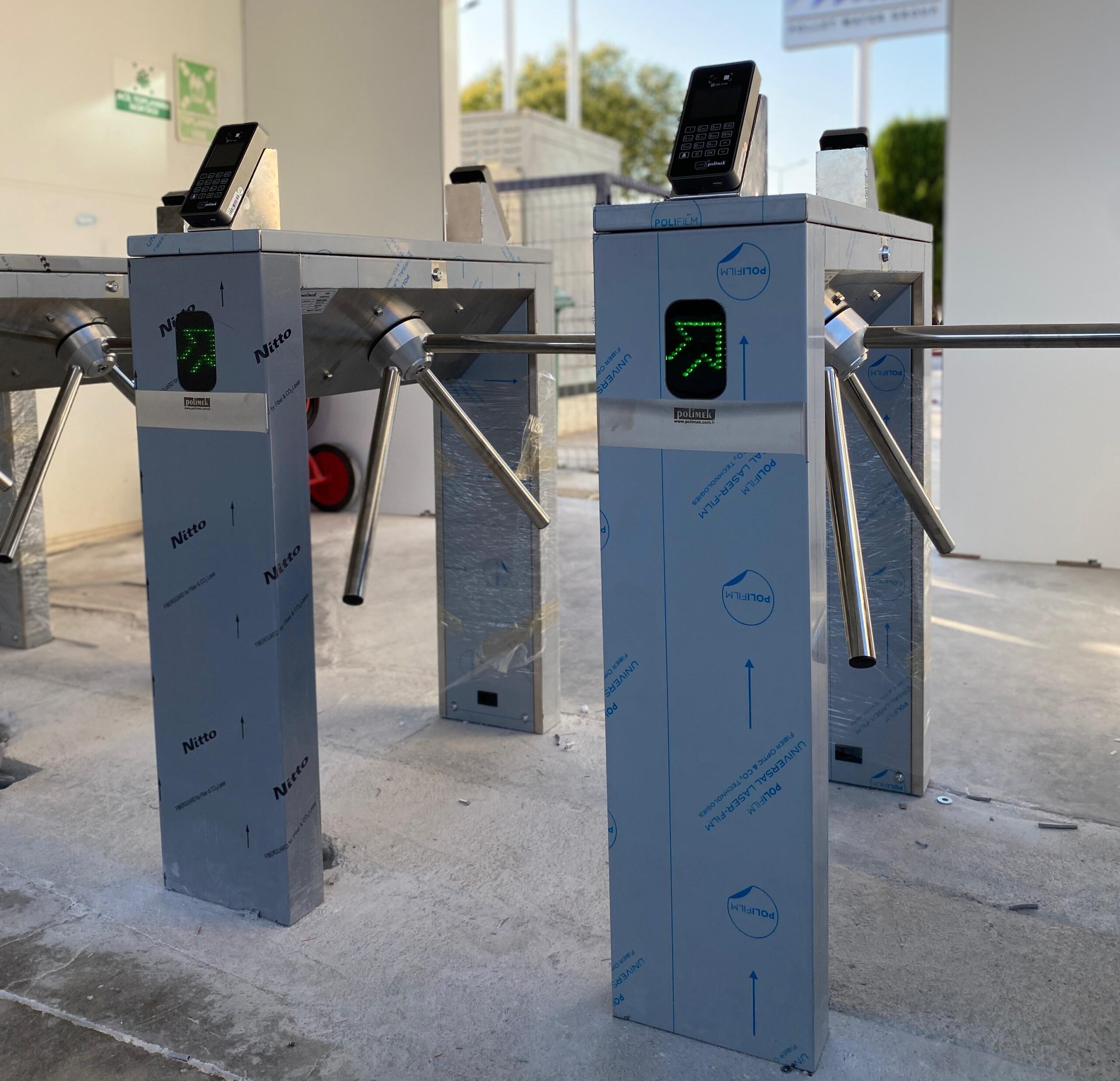Usage Areas of QR Code Technology in Security
In today’s digital world, security measures are no longer limited to physical barriers. Institutions, event venues, and communal living areas are increasingly seeking safer, faster, and more efficient solutions. At this point, QR code technology stands out as a practical and cost-effective solution in the field of security. Initially used for product tracking and marketing, QR codes are now effectively applied in many areas—from access control and visitor management to event security and vehicle access control.
What is a QR Code?
A QR (Quick Response) code is a type of two-dimensional barcode that can store various data such as text, links, identity information, or system access codes. It can be scanned within seconds using smartphones, tablets, or dedicated readers.
Key advantages of QR code technology include:
- Fast and Contactless Verification: Identity verification can be performed within seconds without the need to carry a card or key.
- Cost-Effectiveness: Additional costs such as physical card printing or key production are eliminated.
- Flexibility and Tracking: Codes can be easily updated, access permissions modified, and every action recorded.
- Enhanced Security: QR codes can be protected with encryption algorithms, preventing unauthorized access.
Usage of QR Codes in Security
- Access Control Systems
QR codes can be used in turnstiles and door systems as an authentication method that does not require cards or keys.
Unique codes generated for employees or visitors are scanned at turnstiles or via mobile applications to grant entry. This is particularly ideal for temporary staff or visitors.
Case Example: A company wants only authorized employees to access its office area. A unique QR code is created for each employee and integrated into the turnstile system. When scanned, the system verifies the employee’s authorization and grants access.
- Visitor Management
In corporate buildings or residential complexes, visitor management is a key part of security.
Pre-generated QR codes enable visitors to enter quickly. Validity periods can be assigned to codes to prevent unauthorized entries.
Advantage: Compared to traditional visitor logbooks, this method saves time and enhances security.
Statistic: Research shows that QR code-based visitor management makes entry processes 70% faster.
- Event and Conference Security
In large-scale events, tickets are now often presented in the form of QR codes. This prevents ticket forgery, reduces long queues at entrances, and enables organizers to monitor attendance in real time.
Example: An international conference sends digital QR code tickets to participants. At entry points, the code confirms the participant’s registration details and authorized access zones.
Additional Detail: QR codes can be customized for different access levels within the event area—for example, VIP, general, or technical zones.
- Parking and Vehicle Access Control
QR codes provided to vehicle owners can be scanned to authorize entry into parking lots or restricted areas. Codes can be matched with license plates or defined for single-use.
Advantage: This system increases security while reducing the need for manual control.
Future Perspective: With IoT integration, vehicle locations and entry-exit records can be monitored in real time.
- Emergency and Identity Verification
QR codes on staff ID cards or security badges provide rapid access to critical information during emergencies.
Data such as health records, contact information, and access permissions can be securely stored in the code.
Case Example: In a large manufacturing facility, when the fire alarm is triggered, the security team scans QR codes to instantly identify which employees are in which area. This enables fast and accurate evacuation.
Additional Advantages of QR Code Technology
- Contactless Technology: Eliminates the risk of physical contact in hygiene-sensitive areas.
- Detailed Reporting: All scans are recorded in the system, enabling analytical reporting.
- Easy Integration: Can be easily integrated with existing security systems.
- Multi-Factor Authentication: Security can be enhanced with QR code + password or biometric verification.
The Future of QR Code Usage
In the future, QR code technology will merge with smarter systems to provide more comprehensive security solutions:
- Integration with AI to detect suspicious behavior and instantly block unauthorized entries.
- Combination with IoT devices for real-time access control and data analysis.
- Remote authorization updates and access control via mobile applications.
- Multi-factor authentication for more secure access to critical areas.
Trend: As of 2025, the use of QR code-based security systems is estimated to grow by 25% annually, with corporate buildings and event organizations increasingly adopting these solutions.
Conclusion
QR code technology has gone beyond being just a practical tool in security systems.
From access control to visitor management, vehicle entry to event security, it provides both operational efficiency and high-level security.
For organizations seeking a cost-effective, flexible, and fast solution, QR code-based systems stand among the essential security technologies of today and the future.
Do you want me to keep this in a formal, blog-ready tone (like above) or would you like me to adapt it into a shorter LinkedIn-style article for social media?
Is this conversation helpful so far?




